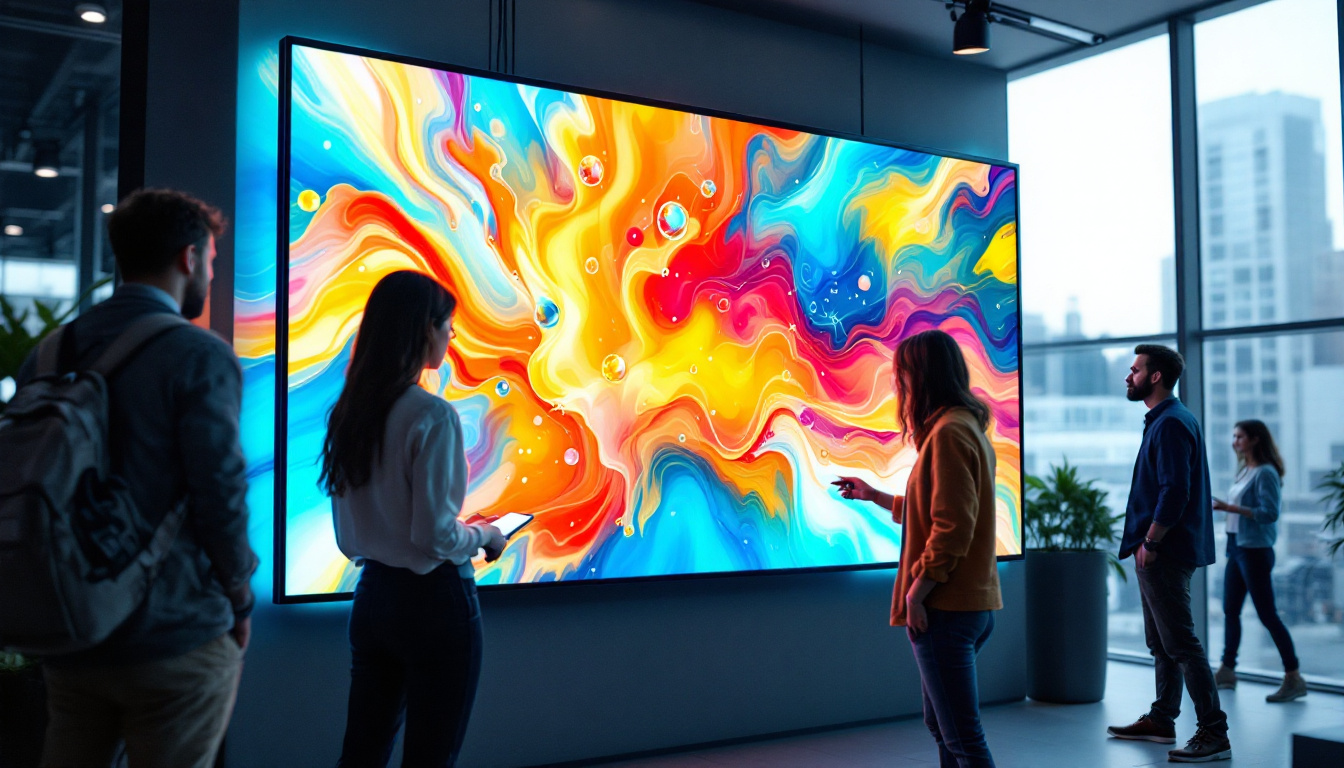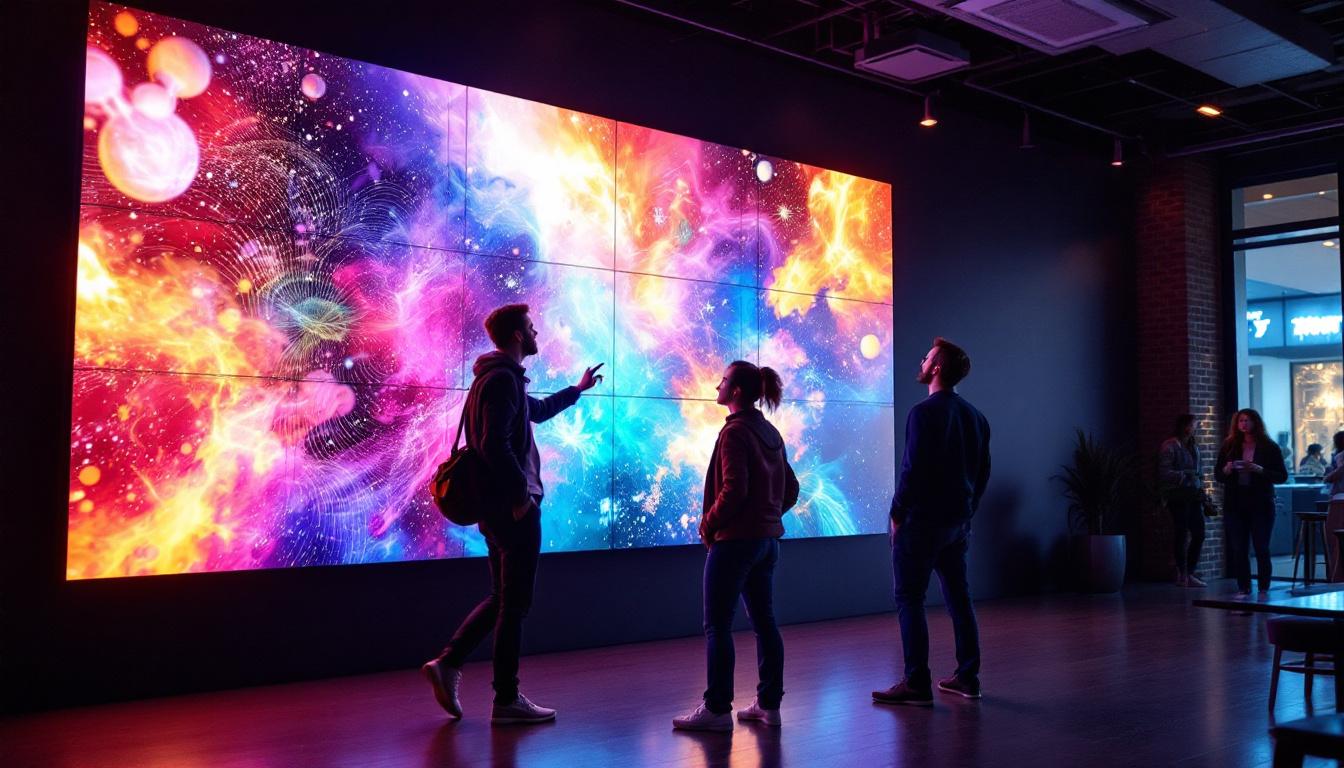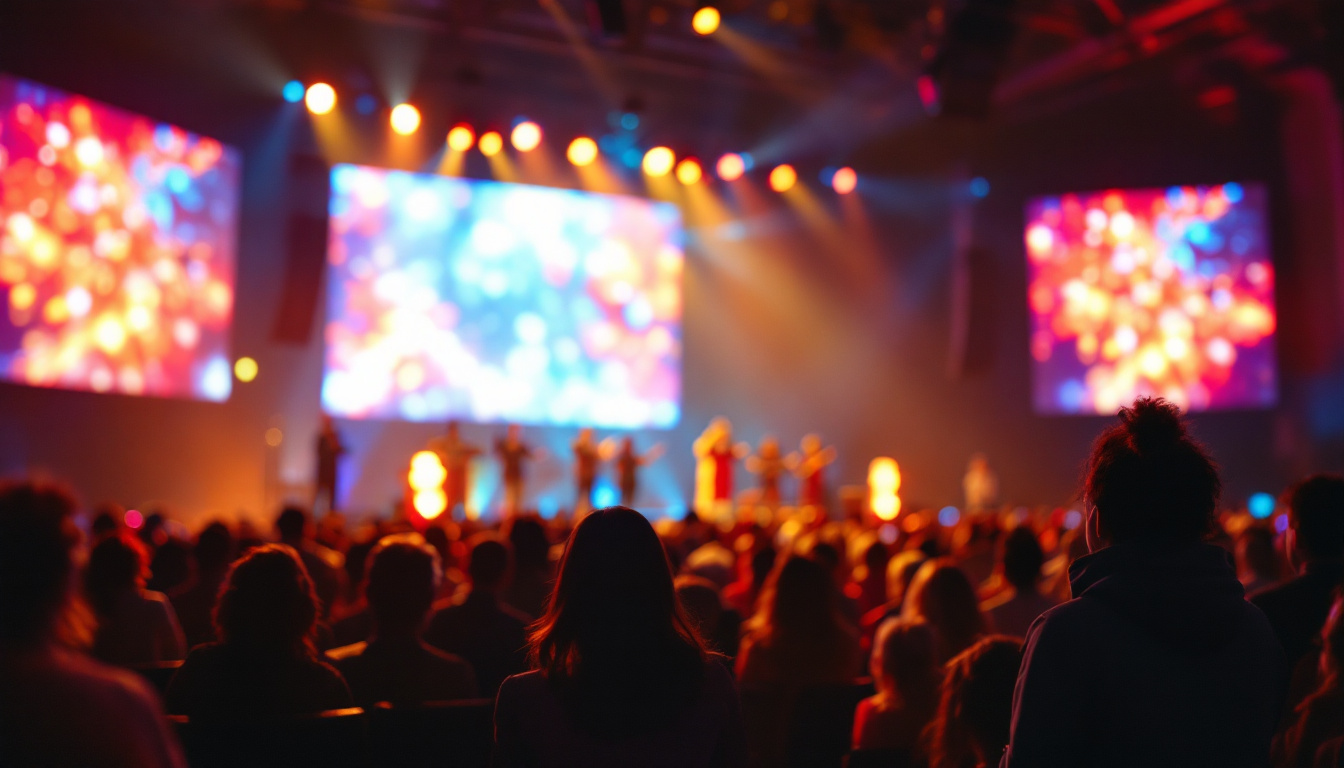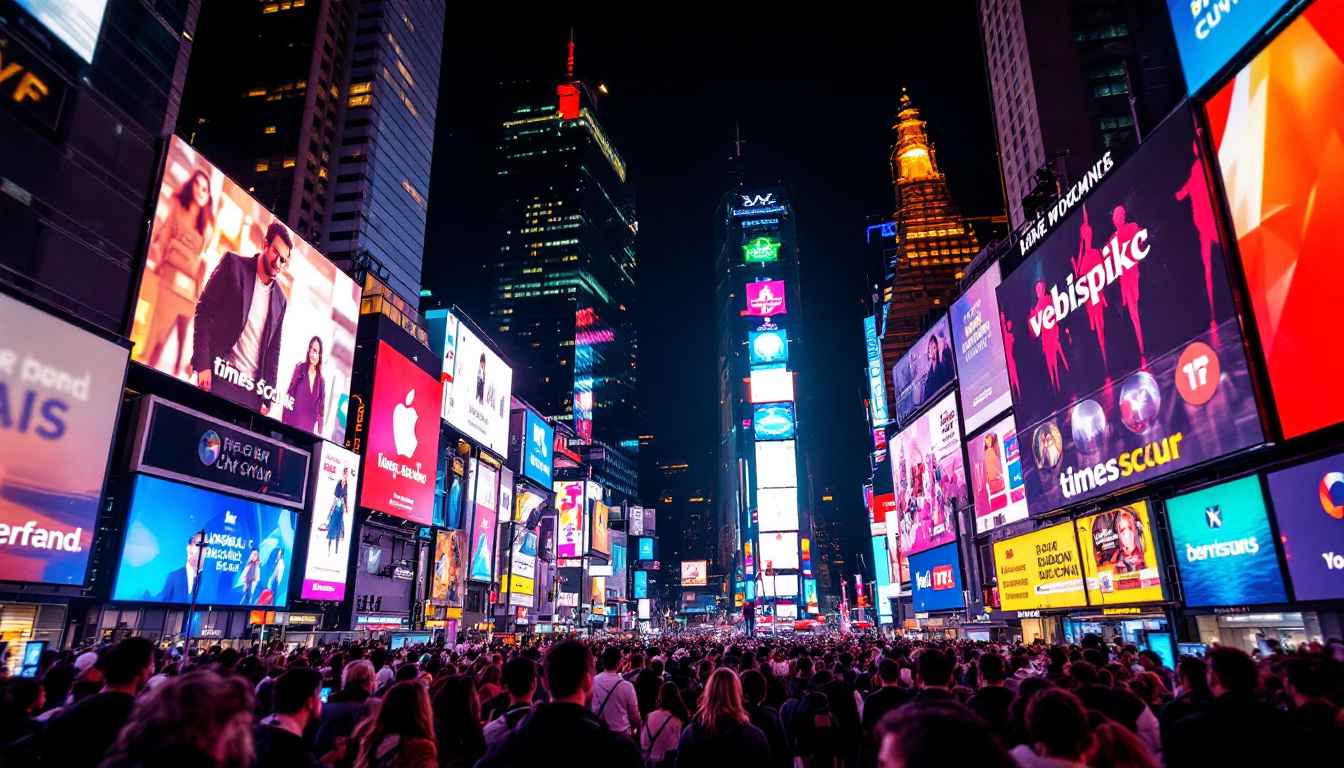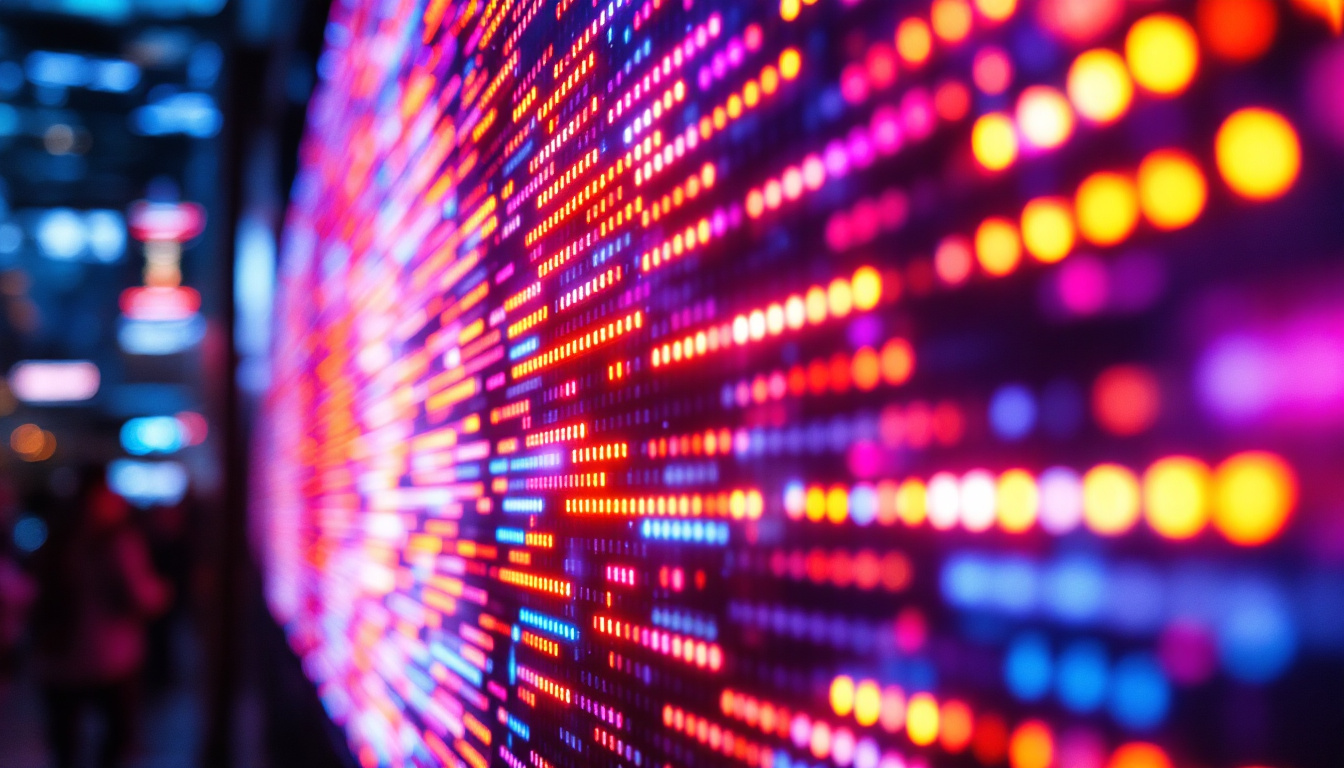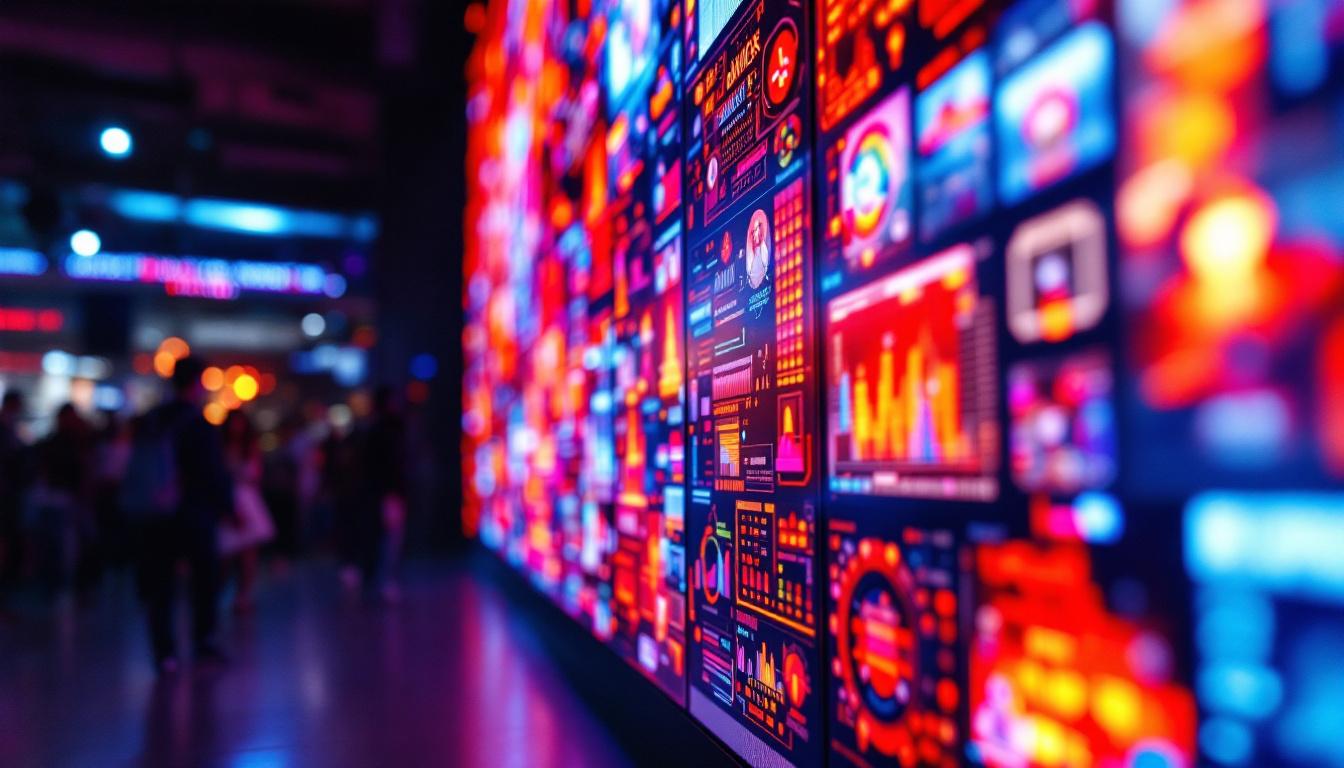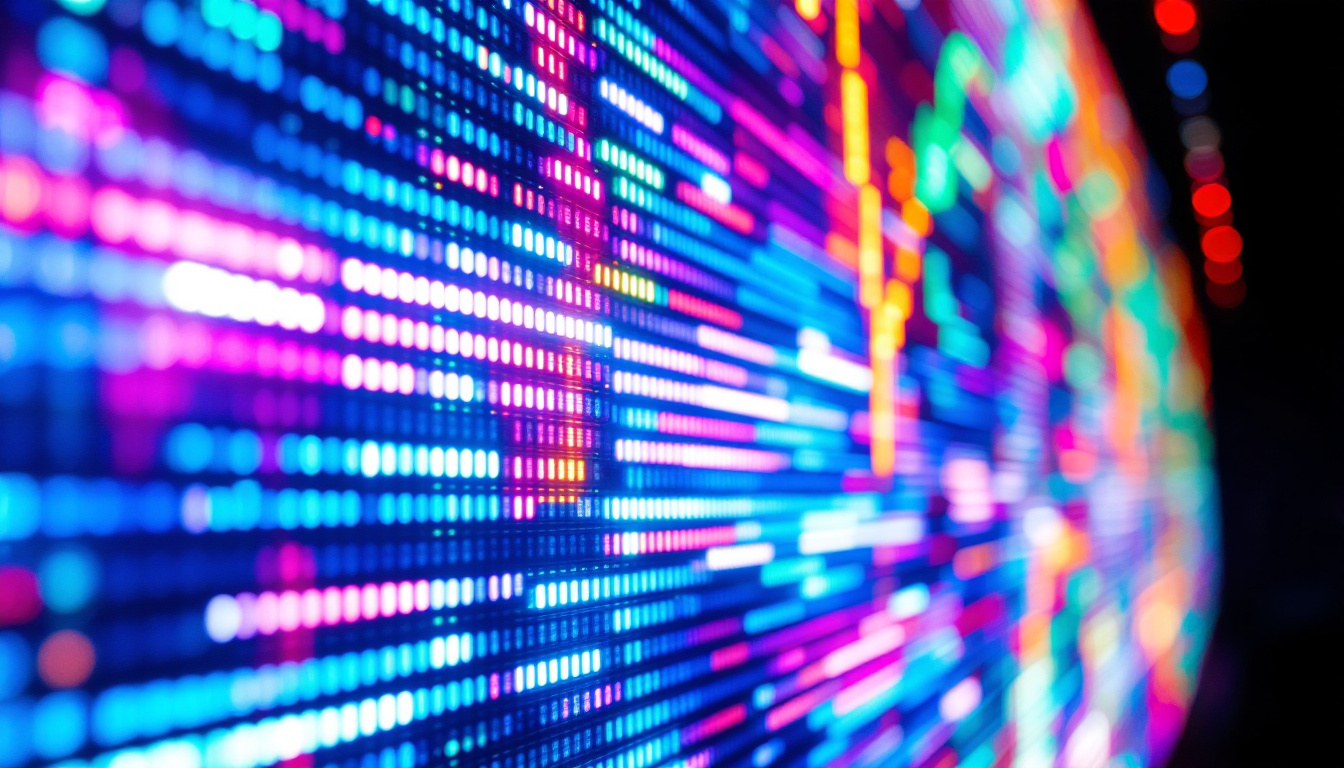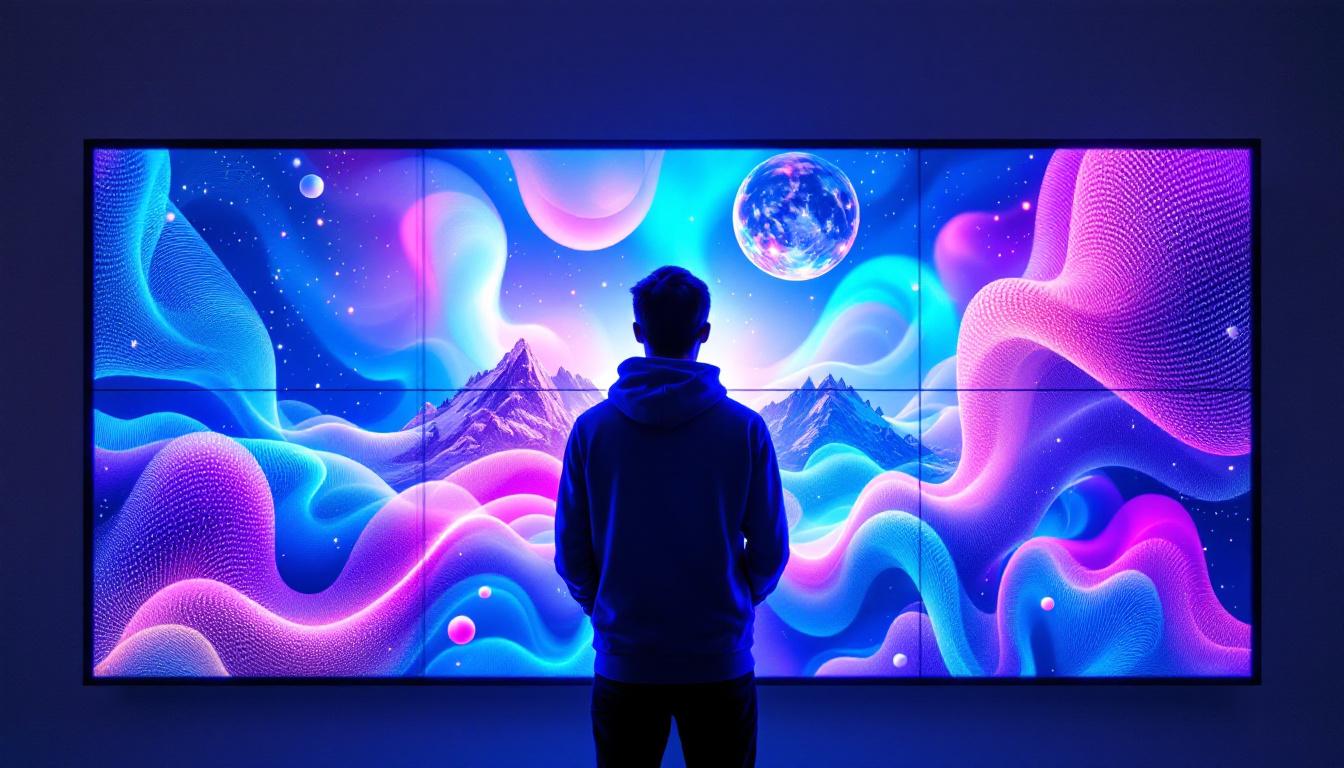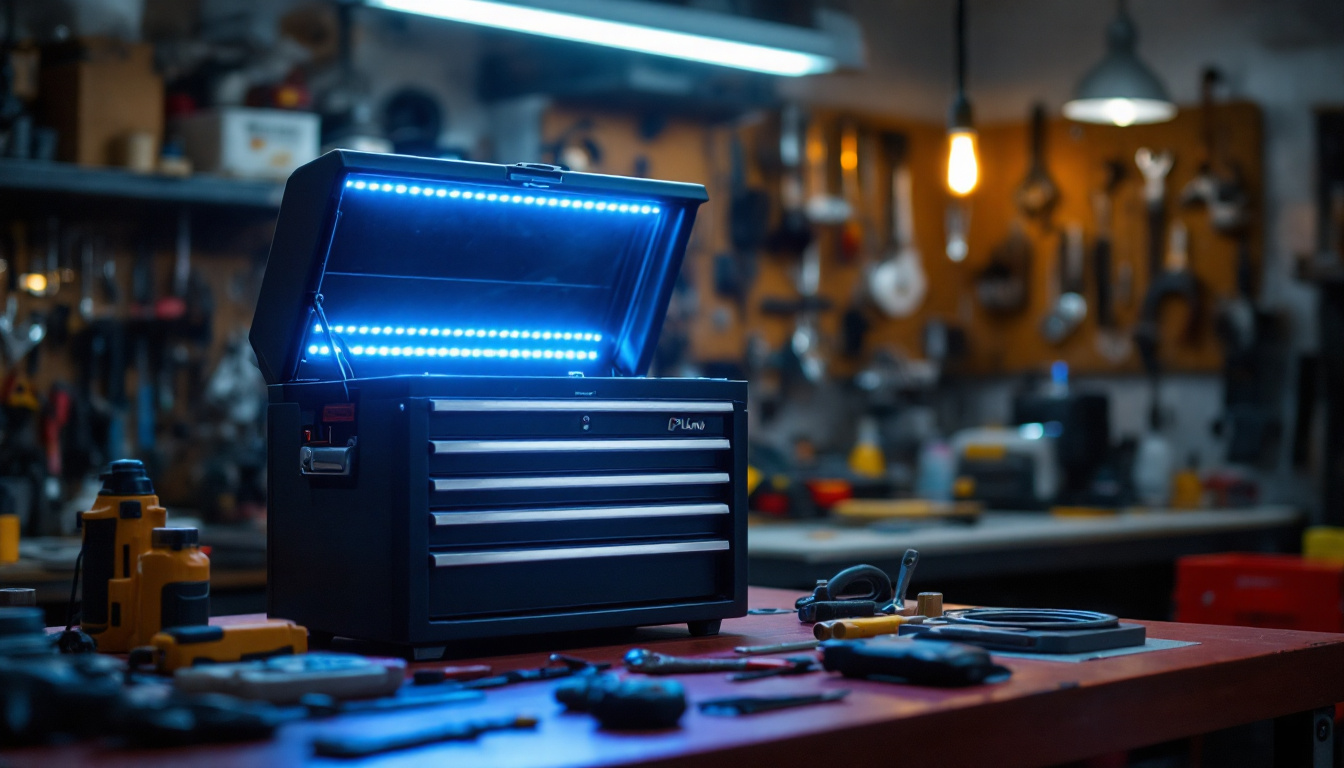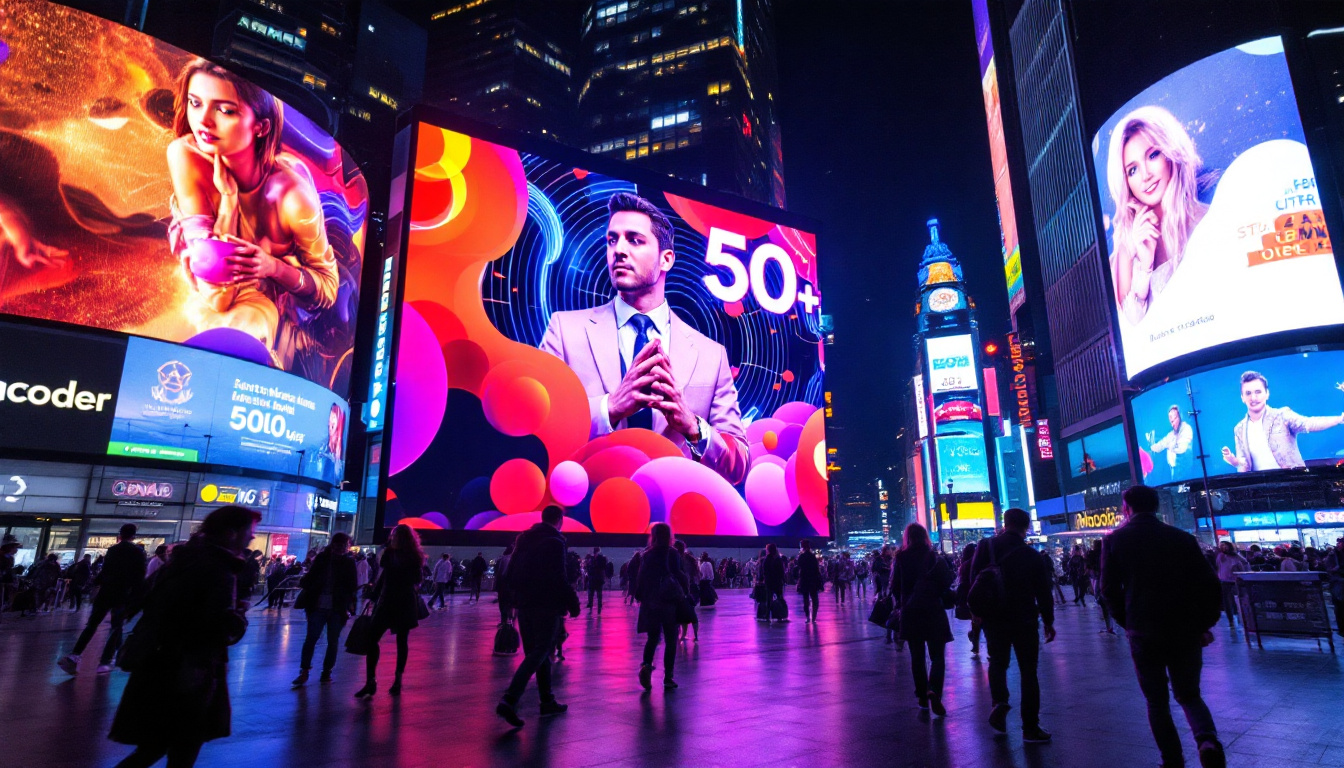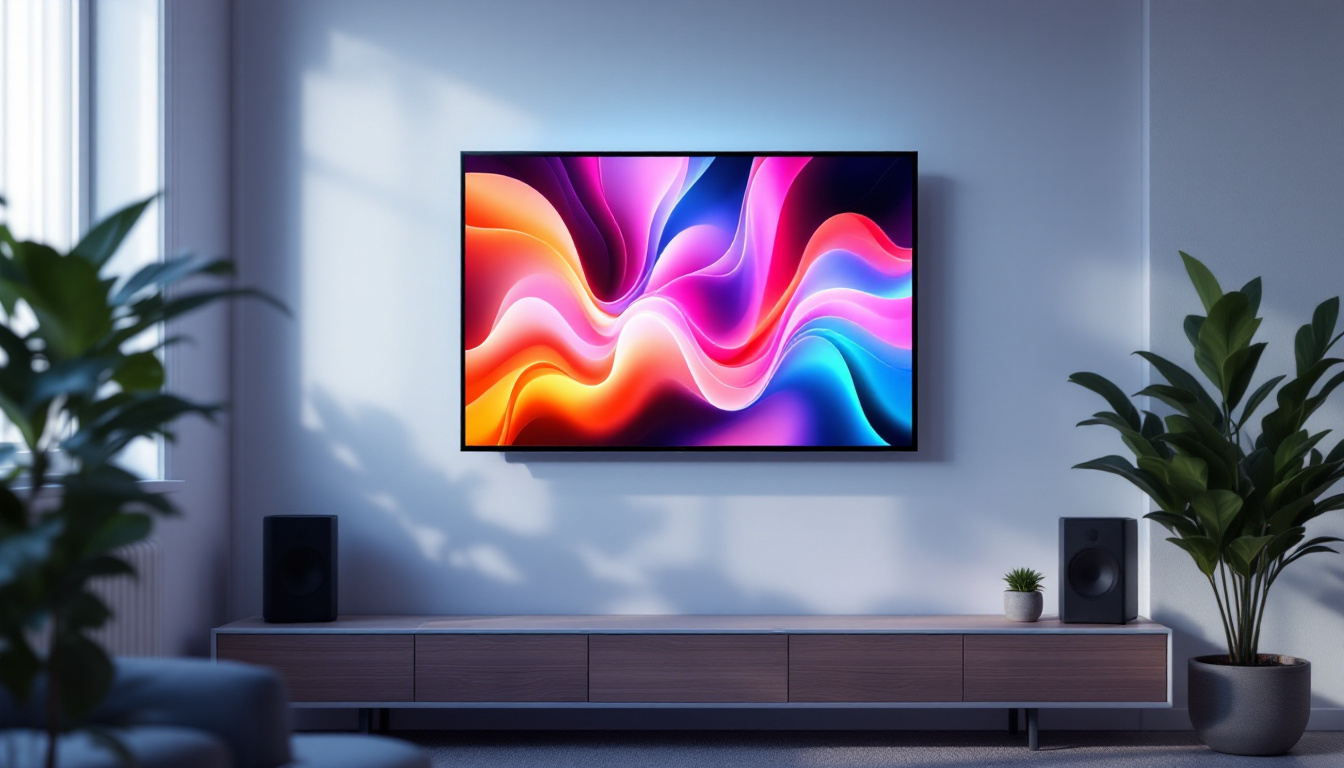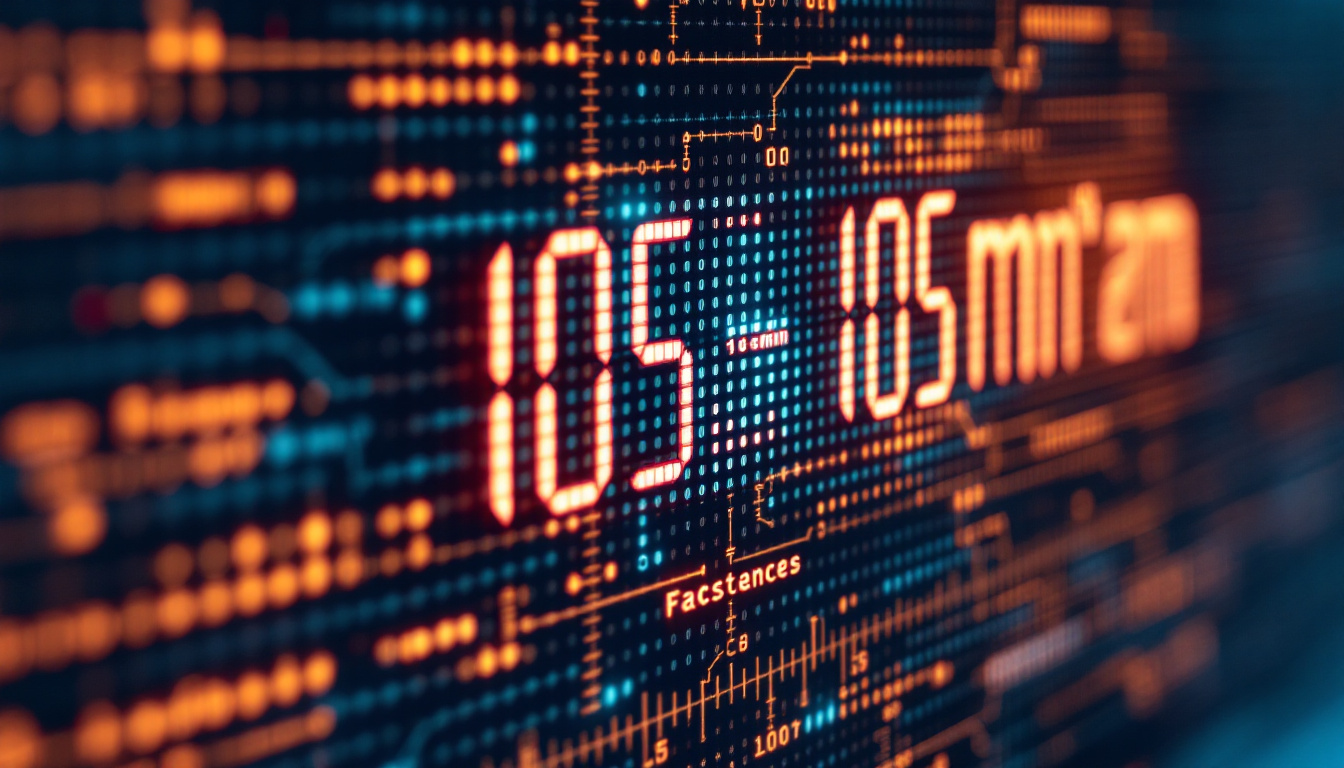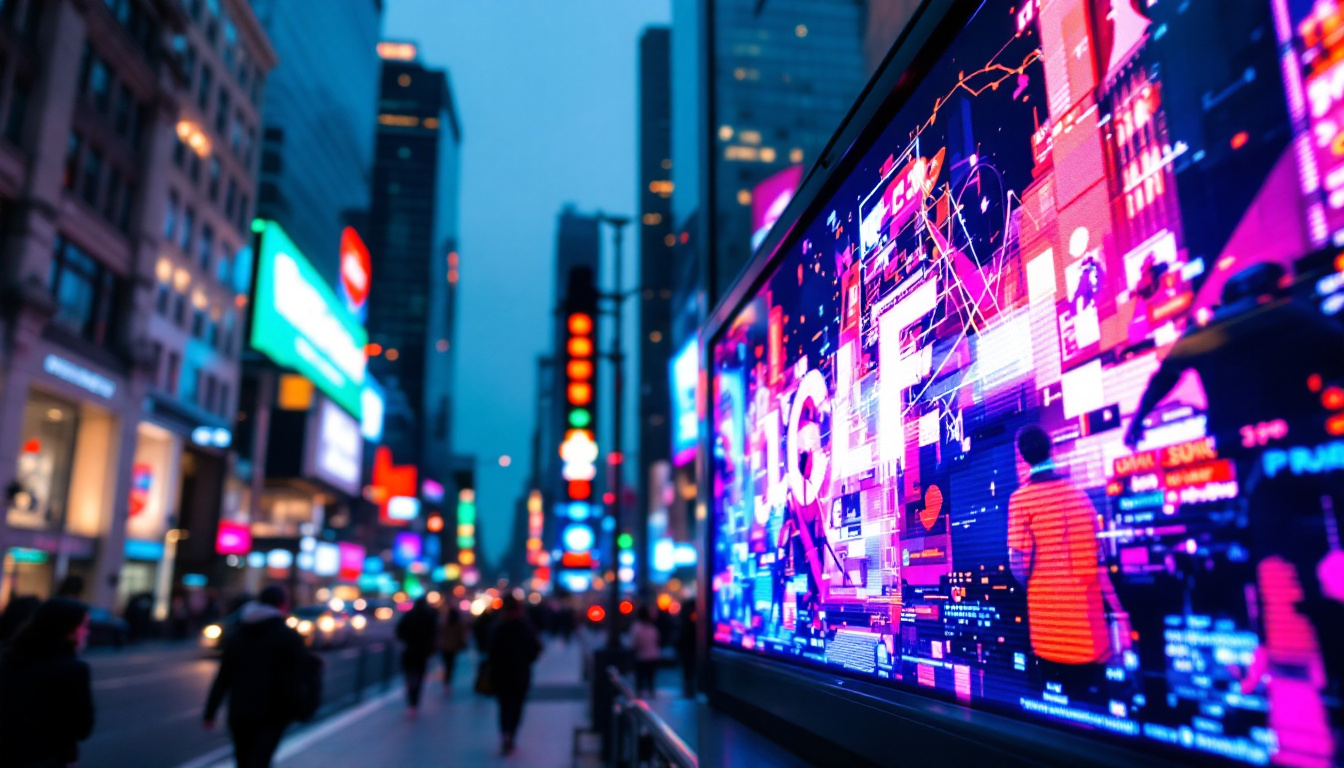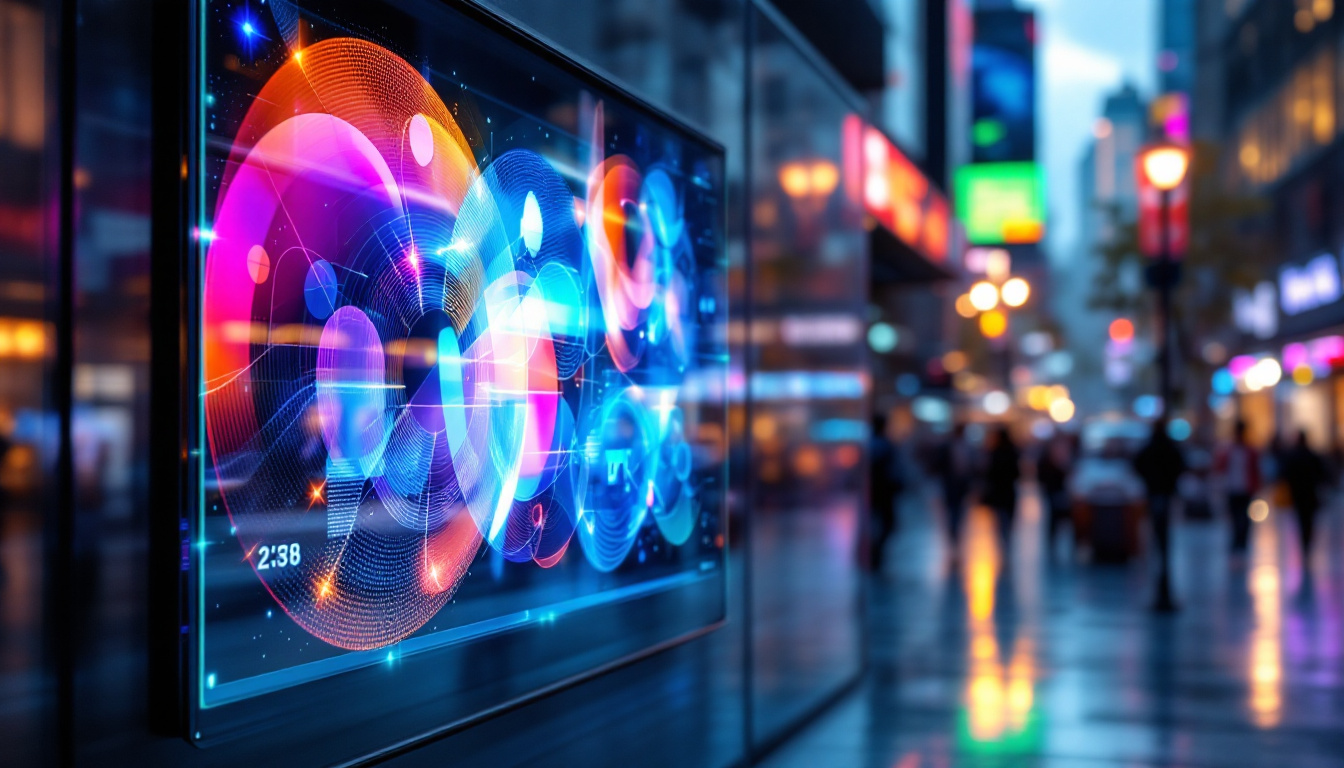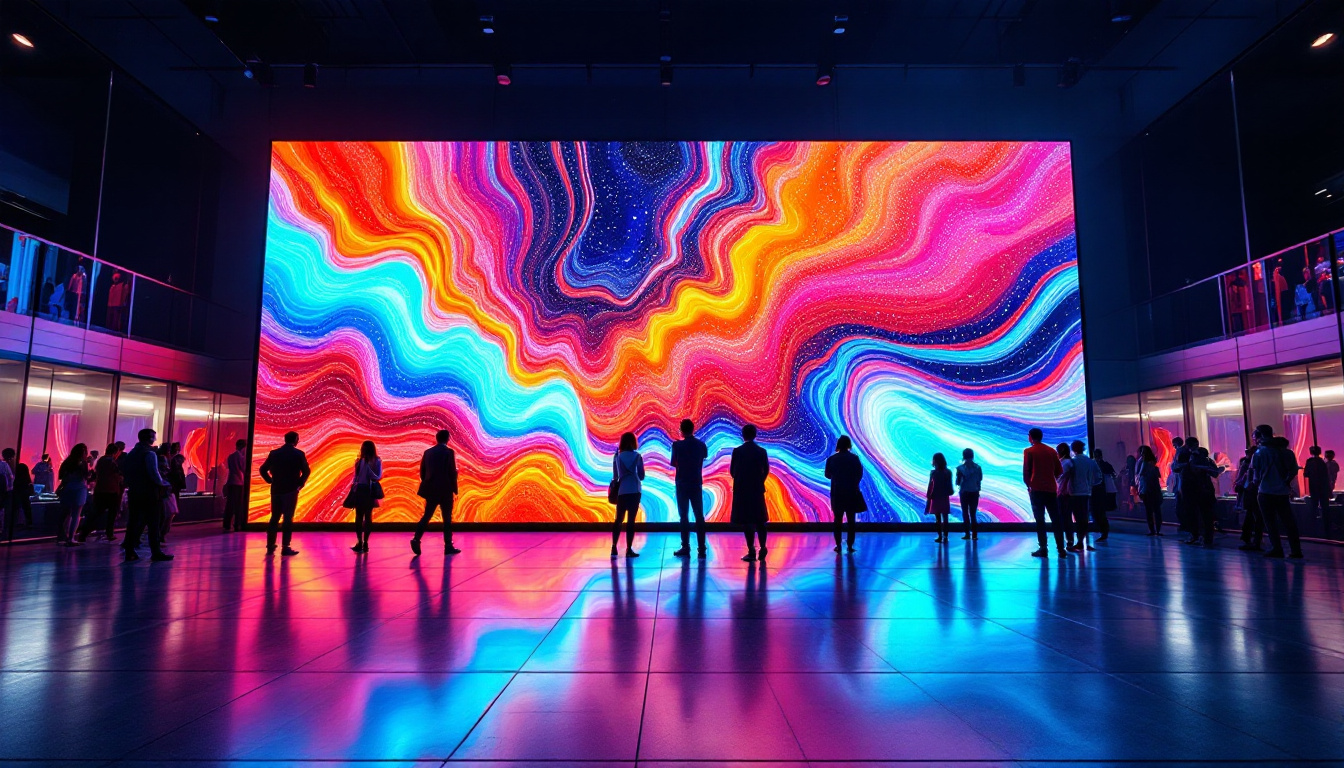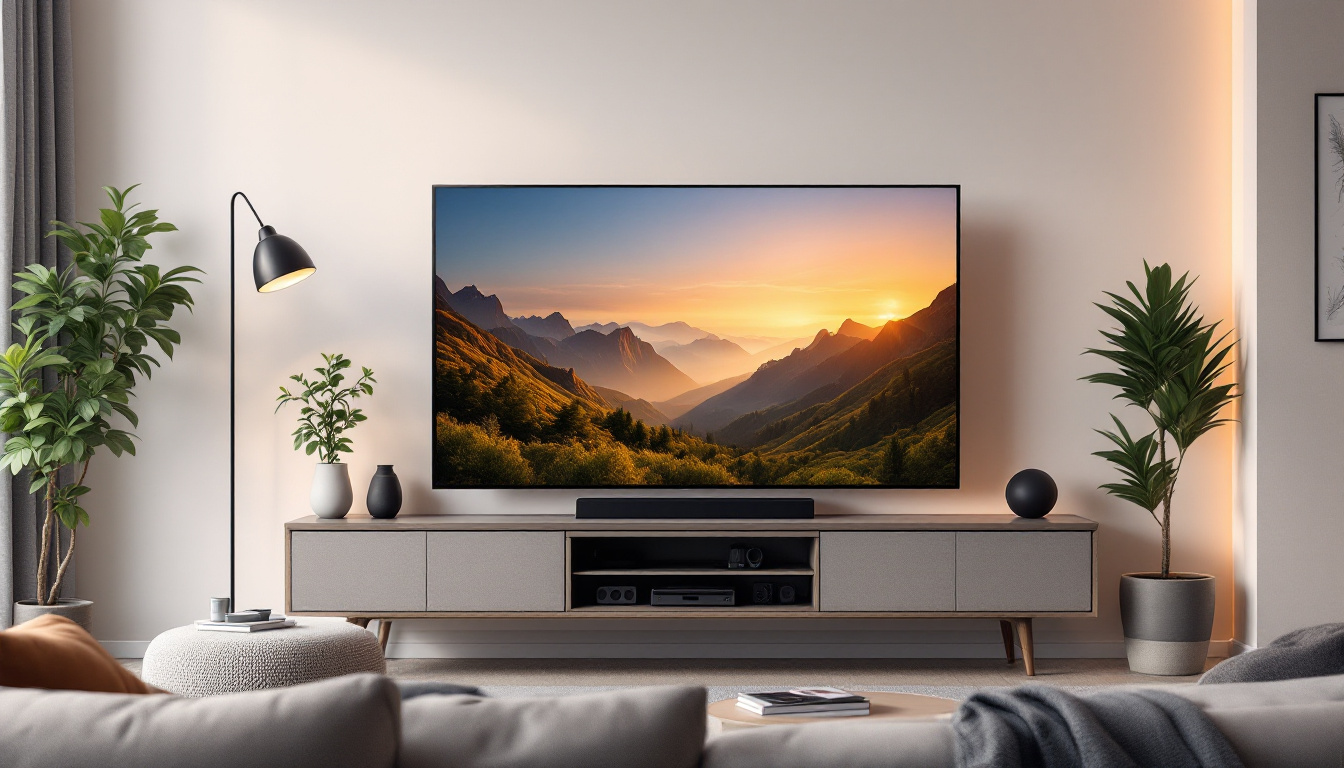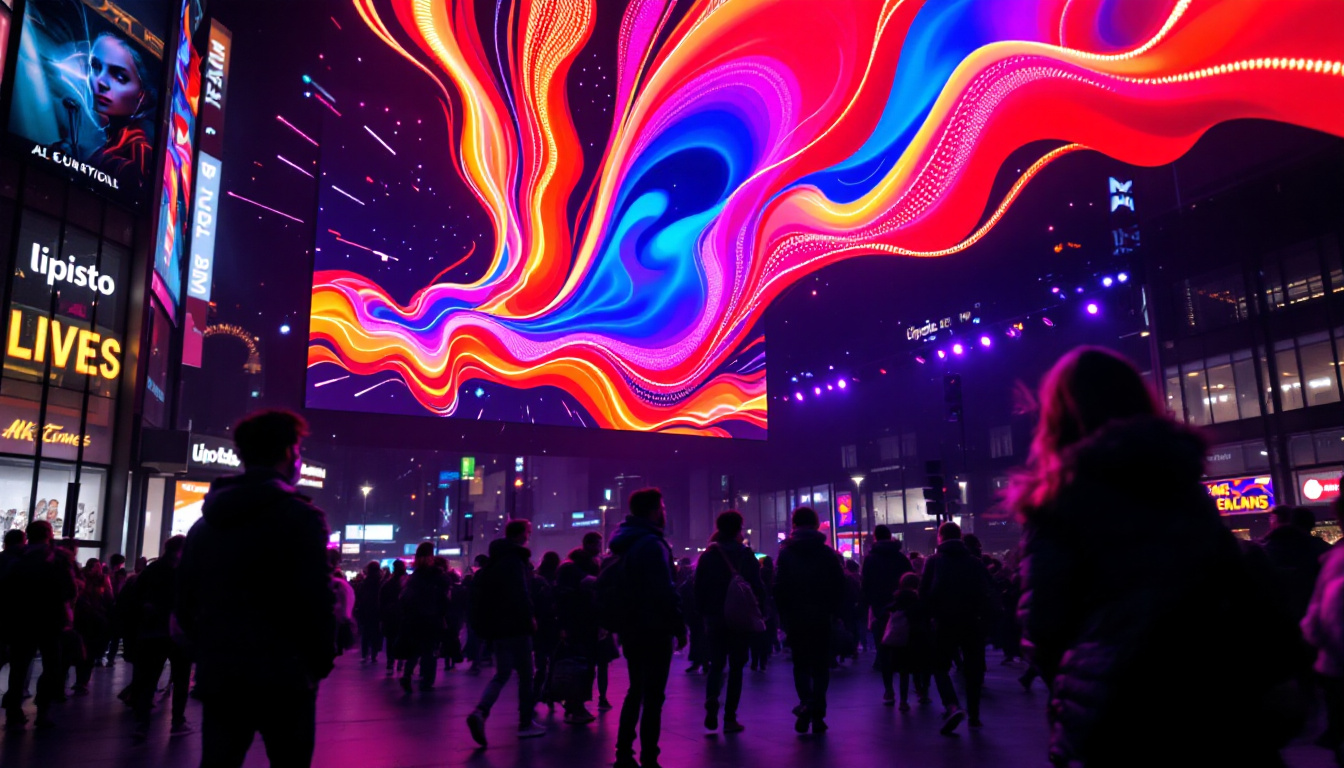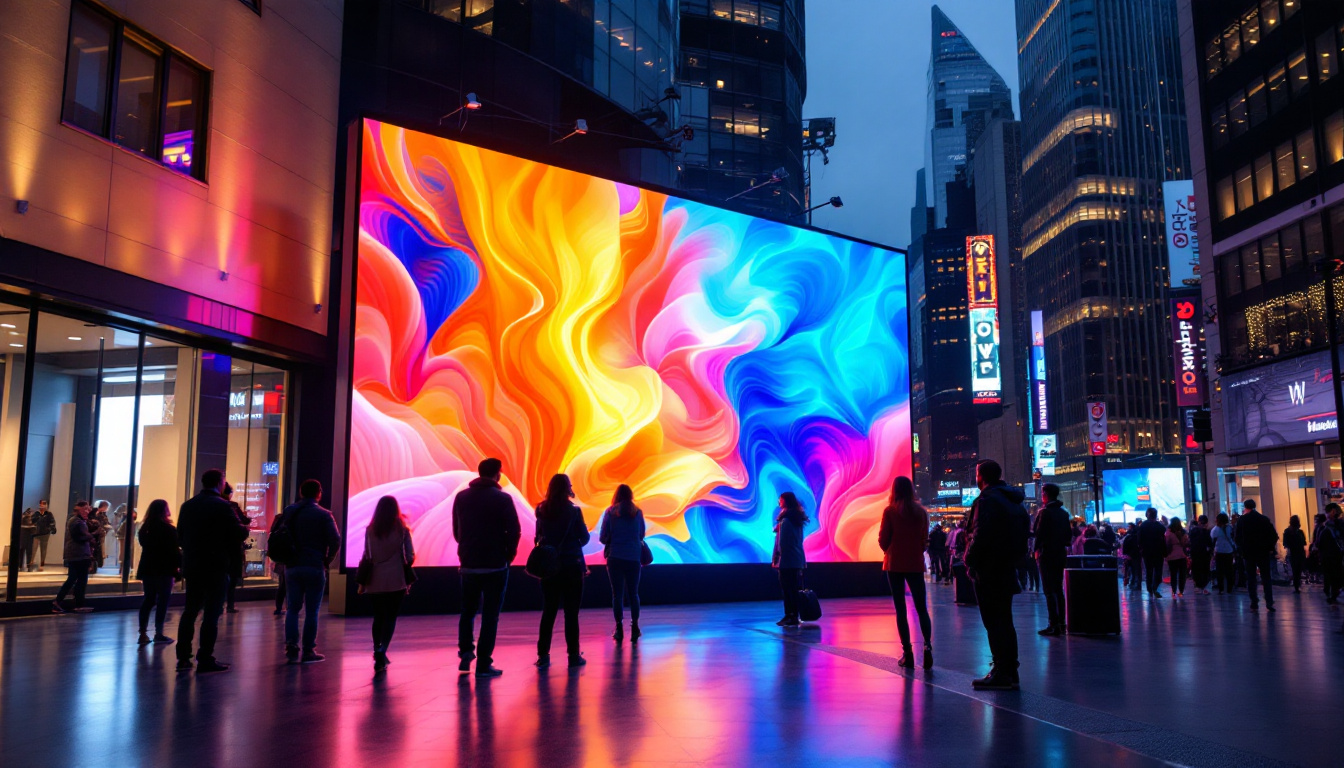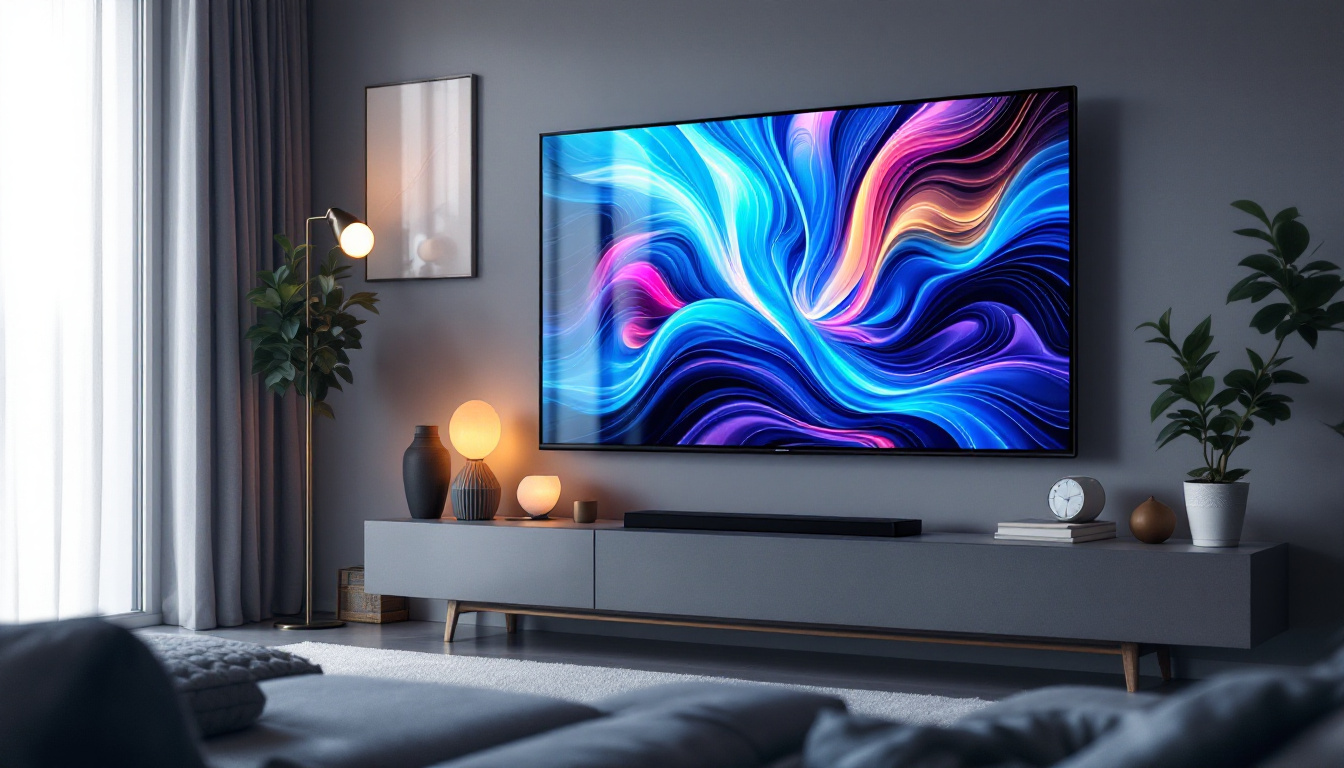In the rapidly evolving world of digital advertising and information dissemination, electronic banners have become a cornerstone of effective communication. Among the various technologies powering these vibrant displays, LED (Light Emitting Diode) technology stands out for its brightness, energy efficiency, and versatility. This article delves into the intricacies of LED electronic banners, explaining their technology, applications, benefits, and future trends.
Understanding LED Technology in Electronic Banners
At its core, an LED electronic banner is a display panel composed of numerous tiny light-emitting diodes arranged in a matrix. Each diode functions as a pixel, capable of emitting light in various colors to form images, text, or video content. The combination of these pixels creates a dynamic and visually compelling banner that can be seen clearly from great distances. This versatility allows businesses to convey messages effectively, whether it’s for advertising, event promotion, or public information dissemination.
LEDs are semiconductor devices that emit light when an electric current passes through them. Unlike traditional incandescent bulbs, LEDs do not rely on heating a filament, making them more energy-efficient and longer-lasting. This fundamental property makes LED displays ideal for electronic banners, which often operate continuously for extended periods. Additionally, the low heat emission of LEDs contributes to their durability, reducing the risk of damage from overheating and ensuring consistent performance over time.
Types of LEDs Used in Banners
There are primarily two types of LEDs used in electronic banners: surface-mounted device (SMD) LEDs and through-hole LEDs. SMD LEDs are compact, allowing for higher pixel density and superior image resolution. They are commonly used in indoor and high-resolution displays, where clarity and detail are paramount. The ability of SMD technology to produce vibrant colors and smooth gradients makes it a favorite for applications such as retail displays and concert backdrops. Through-hole LEDs, on the other hand, are larger and typically used for outdoor banners where visibility from long distances is critical. These LEDs are designed to be more robust, ensuring they can withstand harsh weather conditions, including rain, snow, and extreme temperatures.
The choice between these LED types depends on the intended application, viewing distance, and environmental conditions. Modern electronic banners often integrate both types to optimize performance and cost-efficiency. For instance, a banner might use SMD LEDs for intricate graphics and text while employing through-hole LEDs for bold, eye-catching headlines that need to be visible from afar. Furthermore, advancements in LED technology have led to the development of RGB (red, green, blue) LEDs, which can create a full spectrum of colors by varying the intensity of each light. This capability enhances the visual appeal of electronic banners, allowing for dynamic content that can change in real-time, making them even more engaging for viewers.
Key Components of an LED Electronic Banner
Beyond the LEDs themselves, an electronic banner comprises several essential components that work in harmony to deliver seamless visual output.
Display Panel
The display panel is the physical surface where the LEDs are mounted. It is designed to protect the LEDs from environmental factors such as moisture, dust, and temperature fluctuations. High-quality panels use durable materials and advanced sealing techniques to ensure longevity, especially for outdoor installations. Additionally, the panel’s design can influence the viewing angle and brightness, which are crucial for ensuring that the content is visible from various distances and under different lighting conditions. Some panels even incorporate anti-glare technology, enhancing visibility in bright sunlight, making them ideal for outdoor advertising and events.
Control System
The control system manages the content displayed on the banner. It includes a controller board that processes input signals, such as video feeds or pre-programmed messages, and translates them into commands that activate specific LEDs. Modern control systems support real-time content updates, remote management, and integration with various media sources. This capability allows for dynamic advertising strategies, where businesses can change their messages based on time of day, audience demographics, or current events. Furthermore, advanced software solutions enable users to create eye-catching animations and transitions, enhancing viewer engagement and making the banners more effective as marketing tools.
Power Supply
LED banners require a stable power supply to maintain consistent brightness and performance. Efficient power management systems are incorporated to regulate voltage and current, preventing damage to the LEDs and minimizing energy consumption. These systems often include features such as surge protection and battery backup options, ensuring that the display remains operational even during power outages. Moreover, many modern LED banners are designed with energy efficiency in mind, utilizing technologies that reduce overall power consumption, thus lowering operational costs and making them a more sustainable choice for businesses looking to reduce their carbon footprint.
Applications of LED Electronic Banners
LED electronic banners are versatile tools used across multiple industries and settings. Their adaptability and visual impact make them a preferred choice for both commercial and informational purposes.
Advertising and Marketing
One of the most widespread uses of LED banners is in advertising. Retail stores, shopping malls, and outdoor billboards utilize LED displays to showcase promotions, new products, and brand messages. The ability to display dynamic content attracts more attention compared to static signs, increasing engagement and conversion rates.
For instance, Times Square in New York City is renowned for its massive LED billboards that create an immersive advertising experience. These displays are bright enough to be visible even in direct sunlight and can be updated instantly to reflect current campaigns or events.
Public Information and Safety
Governments and municipalities employ LED electronic banners to disseminate important information such as traffic updates, weather alerts, and emergency notifications. The clarity and immediacy of LED displays ensure that critical messages reach a broad audience quickly.
Highway electronic message signs are a common example, where LED banners provide real-time updates on road conditions, accidents, or detours, helping to improve traffic flow and safety.
Events and Entertainment
Concerts, sports arenas, and festivals use LED banners to enhance the audience experience. These displays can show live video feeds, scores, schedules, and interactive content. Their high brightness and color accuracy make them suitable for both indoor and outdoor venues, ensuring visibility regardless of lighting conditions.
Advantages of LED Electronic Banners
LED technology offers several distinct advantages that make electronic banners a superior choice over other display technologies such as LCD or traditional neon signs.
High Brightness and Visibility
LED banners are exceptionally bright, capable of producing vivid images that remain clear even under direct sunlight. This attribute is crucial for outdoor advertising where ambient light levels can vary significantly throughout the day.
Energy Efficiency
Compared to incandescent and fluorescent lighting, LEDs consume significantly less power. This efficiency translates into lower operating costs and a reduced environmental footprint, which is increasingly important for businesses striving for sustainability.
Durability and Longevity
LEDs have a longer lifespan, often exceeding 50,000 hours of operation. Their solid-state construction makes them resistant to shock and vibration, reducing maintenance requirements and downtime.
Flexibility and Customization
Electronic banners can be customized in size, shape, and resolution to suit specific needs. Content can be changed instantly, allowing for dynamic messaging that can be tailored to different audiences or times of day.
Considerations When Choosing an LED Electronic Banner
Selecting the right LED banner involves evaluating several factors to ensure optimal performance and return on investment.
Resolution and Pixel Pitch
Resolution refers to the number of pixels in the display, while pixel pitch is the distance between individual LEDs. A smaller pixel pitch results in higher resolution and sharper images, which is vital for close viewing distances. Conversely, larger pixel pitches are suitable for banners viewed from afar, balancing cost and visibility.
Brightness and Viewing Angle
Brightness levels should be chosen based on the installation environment. Outdoor banners generally require higher brightness to combat sunlight, while indoor banners can operate at lower levels. Additionally, wide viewing angles ensure the content is visible from multiple perspectives, enhancing audience reach.
Weather Resistance and Durability
For outdoor applications, it is essential to select banners with adequate protection against rain, dust, and extreme temperatures. Look for IP (Ingress Protection) ratings that indicate the level of sealing and resistance.
Content Management Capabilities
Modern LED banners come with sophisticated software that allows users to schedule content, integrate multimedia, and monitor display health remotely. Evaluating these features can streamline operations and improve the effectiveness of the banner.
Future Trends in LED Electronic Banners
The LED display industry continues to innovate, driven by advancements in materials, manufacturing, and digital technologies. Several trends are shaping the future of electronic banners.
MicroLED and MiniLED Technologies
Emerging microLED and miniLED technologies offer even higher resolution and brightness with improved energy efficiency. These advances promise thinner, lighter, and more flexible banners that can be integrated into unconventional surfaces and structures.
Integration with IoT and AI
Smart LED banners connected to the Internet of Things (IoT) can adjust content in real-time based on environmental data, audience demographics, or engagement metrics. Artificial intelligence can optimize advertising strategies by analyzing viewer behavior and tailoring messages accordingly.
Eco-Friendly Innovations
As sustainability becomes a priority, manufacturers are developing LED banners with recyclable materials and eco-friendly production processes. Additionally, energy harvesting technologies, such as solar-powered banners, are gaining traction for reducing operational costs and environmental impact.
Conclusion
LED electronic banners represent a powerful medium for communication, combining technological sophistication with practical benefits. Their brightness, durability, and flexibility make them indispensable in advertising, public information, and entertainment sectors. Understanding the technology behind these displays and the factors influencing their performance enables businesses and organizations to make informed decisions that maximize impact and efficiency.
As LED technology continues to advance, electronic banners will become even more versatile and intelligent, shaping the future of digital signage and visual communication.
Discover LumenMatrix LED Display Solutions
Ready to elevate your visual communication strategy with cutting-edge LED display technology? Look no further than LumenMatrix, a pioneer in crafting LED display modules that bring your brand to life. From the immersive Indoor LED Wall Display to the dynamic Outdoor LED Wall Display, and from the mobile versatility of Vehicle LED Displays to the innovative LED Sports and Floor Displays, LumenMatrix offers a wide array of solutions tailored to your unique needs. Embrace the future of digital signage with our Custom, All-in-One, and LED Transparent Displays, designed to captivate your audience and amplify your message. Check out LumenMatrix LED Display Solutions today and transform your communication with unparalleled clarity and impact.




